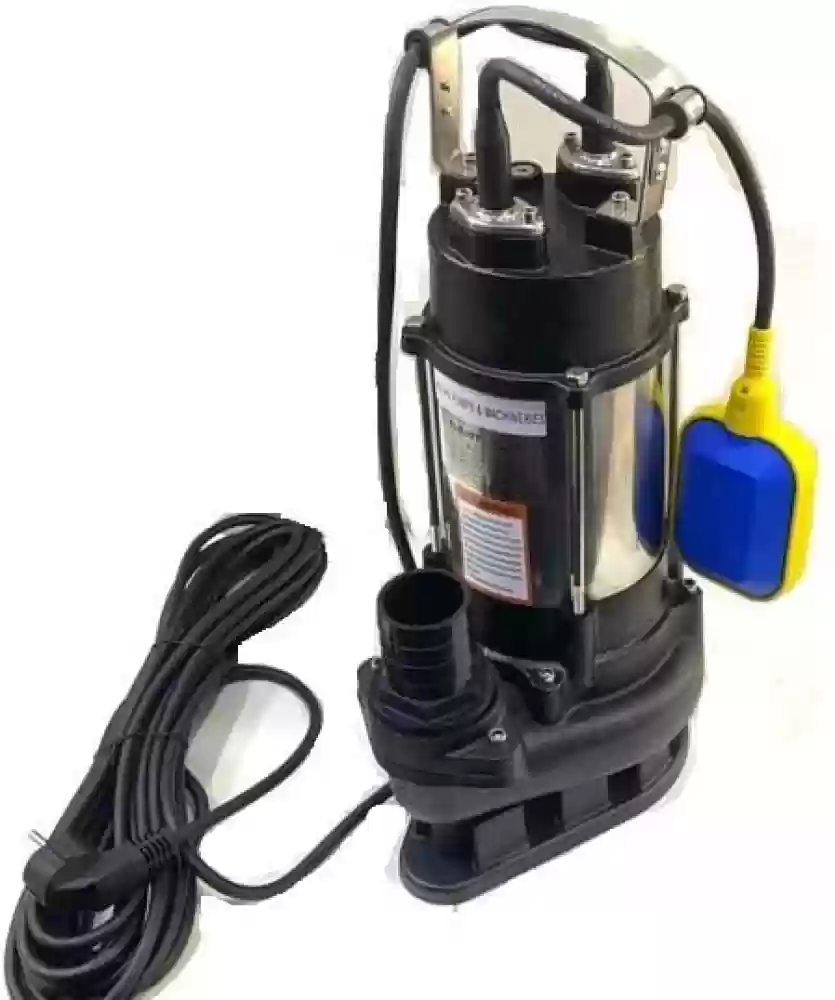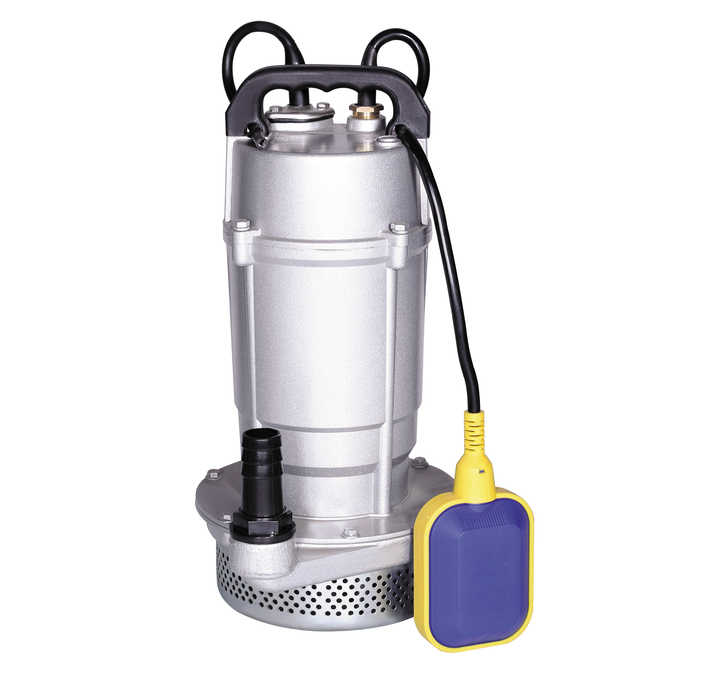Verified Methods for Caring for a Sump Pump
Verified Methods for Caring for a Sump Pump
Blog Article
How do you really feel in regards to Cleaning & Maintenance Tips for Your Home's Sump Pump?

Sump pumps are crucial components in many homes, particularly in areas vulnerable to flooding or too much moisture. They help avoid water damage by effectively eliminating excess water from cellars or crawl spaces. Nonetheless, like any other device, sump pumps need routine maintenance to guarantee they work successfully when needed one of the most. Cleaning your sump pump is a vital part of its upkeep, and understanding just how to do it effectively can conserve you from pricey repairs and potential calamities.
Introduction
Keeping a clean sump pump is important for its correct functioning and durability. Disregarding this essential job can result in clogs, malfunctions, and eventually, water damage to your residential or commercial property. Therefore, discovering exactly how to clean a sump pump is essential for house owners who count on these devices to maintain their cellars dry and secured.
Comprehending the Sump Pump
Before diving right into the cleaning process, it's vital to have a standard understanding of exactly how a sump pump works. Typically installed in a pit or basin listed below the basement floor, a sump pump contains several vital parts, including a pump, a float switch, and a discharge pipe. When water builds up in the pit, the float switch triggers the pump, which after that pumps the water out through the discharge pipeline, far from the building's structure.
Signs of a Dirty Sump Pump
Understanding when your sump pump requires cleaning is crucial for preventing potential malfunctions. Some typical indicators that indicate an unclean sump pump include strange noises throughout procedure, lowered water flow, and noticeable particles in the pit. If you observe any one of these signs and symptoms, it's vital to cleanse your sump pump immediately to stay clear of any kind of further concerns.
Getting ready for Cleansing
Prior to you start cleansing your sump pump, it's important to take some safety preventative measures. Start by shutting down the power to the pump to prevent any electrical crashes. Furthermore, use ideal safety gear, such as gloves and safety glasses, to secure yourself from dirt, particles, and prospective pathogens.
Detailed Overview to Cleansing a Sump Pump
Turning off the Power
Begin by separating the power supply to the sump pump to stop any type of crashes while cleaning.
Removing Particles and Dirt
Make use of a pail or a scoop to remove any kind of visible particles, dirt, or debris from the sump pit. Dispose of the particles effectively to avoid it from clogging the pump or the discharge pipe.
Cleaning up the Pump and Float Change
As soon as the pit is free from particles, very carefully remove the pump from the pit. Evaluate the pump and the float button for any signs of damage or wear. Use a soft brush or fabric to cleanse the surface areas and get rid of any kind of built up crud.
Flushing the System
After cleansing the pump and float button, purge the sump pit with clean water to remove any remaining dust or debris. This will aid ensure that the pump runs efficiently and effectively.
Checking for Appropriate Performance
Before re-installing the pump, perform a fast test to make sure that the float button turns on the pump appropriately. Pour some water into the sump pit and observe the pump's procedure. If everything is working appropriately, you can reassemble the pump and reconnect the power supply.
Maintenance Tips to Keep Your Sump Pump Clean
In addition to regular cleansing, there are numerous upkeep tips you can follow to keep your sump pump in optimal problem:
Final thought
Cleansing your sump pump is a critical element of its maintenance and makes certain that it runs properly when you need it the most. By adhering to the steps laid out in this guide and incorporating routine maintenance into your regimen, you can prolong the life expectancy of your sump pump and shield your home from water damage.
6 STEPS ON HOW TO CLEAN A SUMP PUMP PROPERLY
UNDERSTANDING SUMP PUMPS
Your sump pump plays a crucial role in protecting your home by managing and removing excess water. It primarily functions as a “shield”, guarding your basement against the damaging effects of water accumulation. The pump is housed in a sump pit in the lowest part of your basement, and its job is to pump out any water that collects there.
During heavy rainfalls or when snow melts rapidly, water can infiltrate your basement, posing potential risks like flooding, structural damage, and harmful mold growth. Here, the sump pump springs into action, pumping out the intruding water and directing it away from your home.
SAFETY FIRST
Before cleaning, remember to prioritize safety. Disconnect the sump pump from the power source to prevent any accidental electric shocks. Also, wear sturdy gloves to protect your hands from any sharp or dirty components within the pump.
REMOVE THE SUMP PUMP
After ensuring your safety, the next step is to remove the sump pump from its pit. Doing this might require careful maneuvering as you don’t want to damage any pump components. Once removed, clean the sump pit to remove any accumulated debris or sludge.
INSPECT THE PUMP
Inspect the pump for any visible signs of wear or damage. Check the power cord, float switch, and impeller housing. If any components look worn out or damaged, consider replacing them to ensure optimal performance.
CLEAN THE PUMP
Thoroughly clean the pump with warm, soapy water. Make sure to rid it of any dirt, gravel, or other debris that might impede its performance. You can use a toothbrush to clean the small, hard-to-reach parts of the pump.
REINSTALL THE SUMP PUMP
Reinstall the pump into the sump pit Make sure it’s positioned correctly to remove the water effectively Once it’s back in place, reconnect it to the power source TEST THE PUMP
Finally, pour some water into the pit to ensure the pump works correctly. It should start automatically and begin pumping out the water; if it doesn’t, check the power source and the positioning of the pump.
Remember, while cleaning your sump pump is an essential part of home maintenance, hiring a professional plumber for a thorough inspection and cleaning at least once a year is also important. This will ensure that your pump is in optimal condition, ready to protect your home from potential water damage.
BEST PRACTICES FOR CLEANING SUMP PUMP DISCHARGE PIPES
Regular Inspection: Regularly inspect your discharge pipes, especially during heavy rainfall or snowmelt periods. Look for any signs of blockage or damage. Early detection of problems can prevent serious issues down the line. Periodic Cleaning: Over time, sediment and debris can accumulate in the discharge pipes, impeding the flow of water. Regular cleaning helps keep the pipes clear and functioning efficiently. You can use a high-pressure water jet to effectively clean the pipes. Insulation During Winter: In colder climates, discharge pipes can freeze, blocking the outflow of water. Protect your discharge pipes from freezing temperatures by insulating them with foam pipe insulation. This will ensure the sump pump can continue to discharge water even in freezing conditions. Proper Positioning: The discharge pipe should be positioned to direct water away from your home’s foundation. Improper positioning can lead to water seeping back into the basement. Ensure the pipe is long enough and angled correctly. Installation of a Check Valve: A check valve prevents water from flowing back into your sump pit after the pump has pushed it out. Installing a check valve helps maintain the efficiency of your sump pump and reduces the risk of flooding. Minimize Pipe Turns: Every curve or turn in the discharge pipe can decrease the efficiency of water flow. By minimizing turns and bends in your discharge pipe, you can increase the efficiency of your sump pump. https://www.fullspeedplumbing.com/how-to-clean-a-sump-pump-properly9999/

Do you enjoy reading up on ? Try to leave a remark further down. We would be glad to hear your responses about this post. Hoping that you come back again later on. For those who enjoyed our page if you please don't forget to pass it around. We enjoy reading our article about How to Care for Your Sump Pump.
Suggested Site Report this page